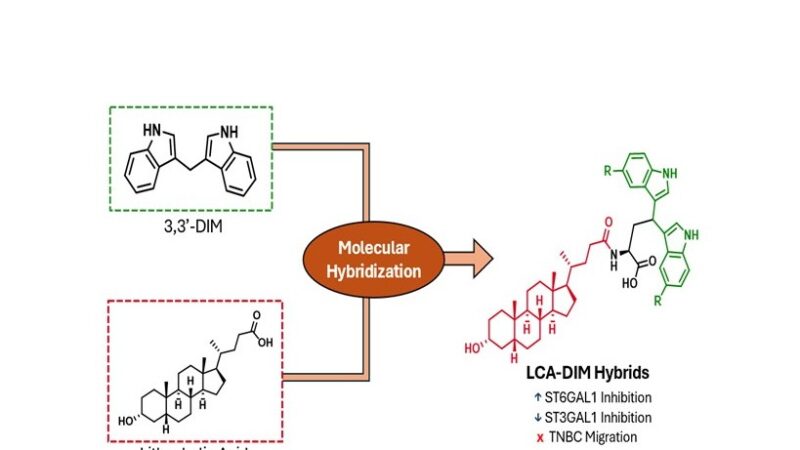Gov’t can respond to increasing healthcare utilization rate in Metro Manila – Palace
By OPS-PCOO
MANILA, Mar. 21 — Presidential Spokesperson Secretary Harry Roque Jr and his resource persons on March 18 press briefing — Department of Health Undersecretary Leopoldo Vega and infectious disease specialist Dr. Edsel Salvana, all agreed that the current spike in COVID-19 cases has impacted the healthcare utilization, particularly in Metro Manila, but the government can respond to the situation.
“Kung talagang maging kritikal po ang ating healthcare utilization rate, then that may justify changing our quarantine status,” said Secretary Roque. However, the Palace official hopes that the situation does not reach that point because everyone is now contributing to slow down the spread of infection.
The Palace spokesman added that steps are already being taken for the projections not to come true, and that local government units already know what to do. “I’m confident na mapapabagal po natin. In fact, nakikita na natin na bumagal na … and I think we can further slow it down gradually,” said Secretary Roque.
As of latest national healthcare utilization rate, Sec. Roque said that there is still 53 percent available ICU beds, 60 percent available isolation beds, 67 percent available ward beds, and 72 percent available ventilators.
However, in Metro Manila where 47 percent of new cases are, according to Dr. Vega, there has already been an increase in utilization rate of COVID isolation beds per data from the One Hospital Command. The said data show that usage of COVID beds and isolation beds for the whole of Metro Manila is now at 54 percent already, while ICU beds usage is now close to 64 percent.
Given the current healthcare utilization rate, Usec. Vega said that the One Hospital Command can help coordinate referrals with other hospitals that still have allocation for beds, especially for moderate and severe cases.
Dr. Vega added that compared to where we were last year, hospital capacities have already increased with private hospitals already at 20 percent allocation and government hospitals allocating around 32 percent beds for COVID.
The One Hospital Command Chief also assured that they are also continuously monitoring the hospital utilization rate of some hospitals in the National Capital Region that are already bordering on high risk or about 80 percent utilization to be able to help them through coordinated care.
Dr. Vega also said that compared to last year, the country is better off now in terms of managing COVID-19, firstly because healthcare workers now know how to manage severe and moderate cases, and that we have improved capacity as hospitals now abide by the mandate to allocate certain percentage of their bed capacities for COVID-19.
He added that through the One Hospital Command they were able to do coordinated care, proper referral and even triaging and providing medical direction to all patients who need assistance.
Dr. Salvana, director of the Institute of Molecular Biology and Biotechnology at the University of the Philippines-National Institutes of Health, likewise agreed that the country is now in a better position when it comes to managing COVID-19 cases. He said that as a doctor directly taking care of COVID-19 patients, medical frontliners now have more treatment options. Dr. Salvana also said that death rates are not increasing, and that through the One Hospital Command, patients needing assistance in terms of hospital admissions are being taken cared of.
In the same press briefing, Dr. Rommel Lobo who is a member of the National Adverse Effect Following Immunization Committee, addressed the issue of the death of a healthcare worker who has been vaccinated against COVID-19. Dr. Lobo clarified that the death of the healthcare worker was not related to the vaccination but because the person contracted COVID-19, which has worsened after the person developed an infection. (OPS-PCOO)






